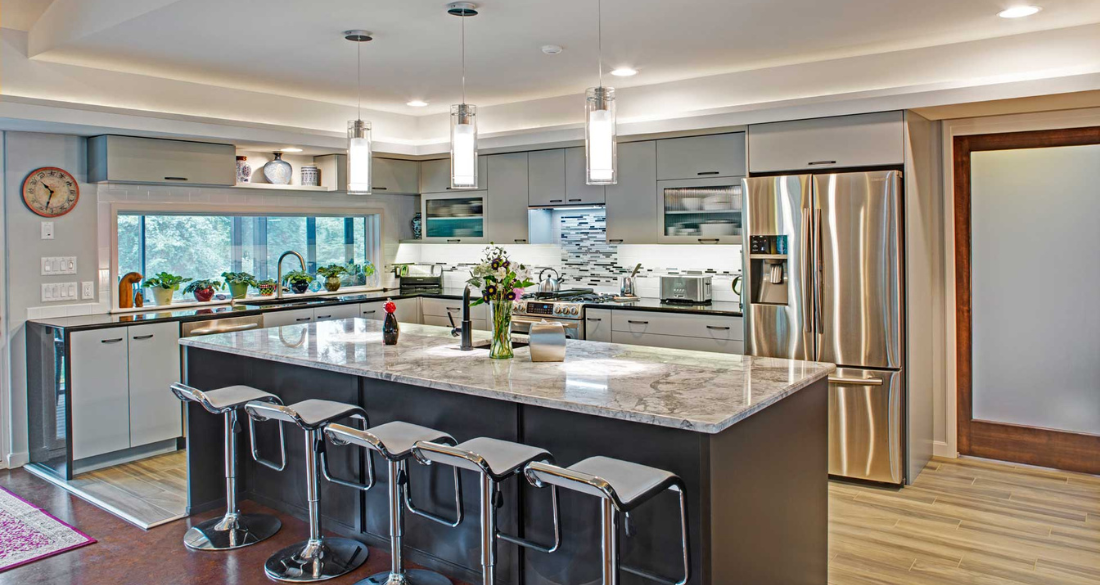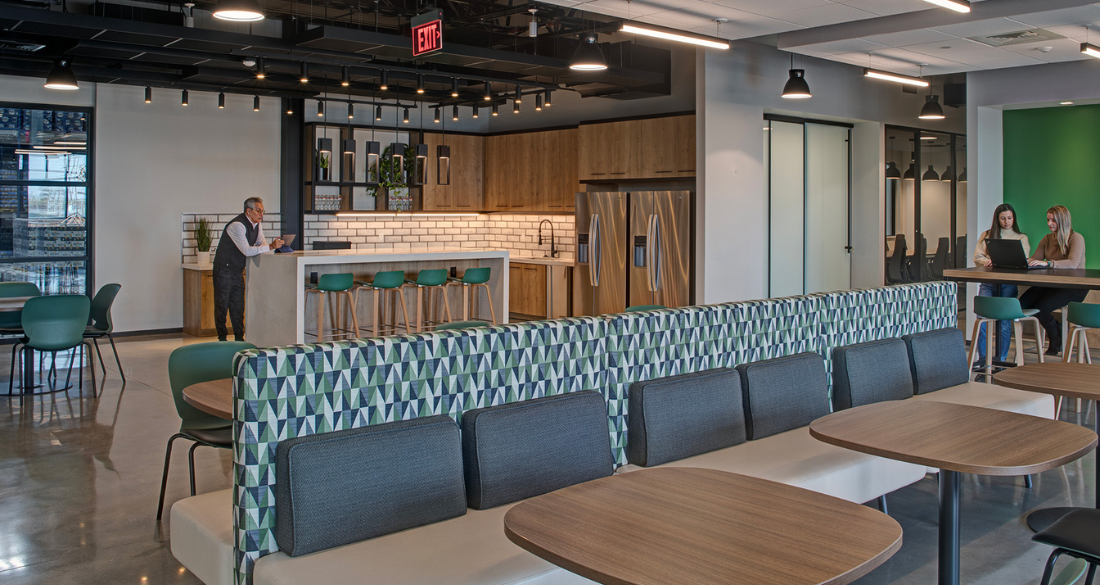Innovation has reshaped almost every aspect of today’s world, and architecture is no exception. Over the last several years, advanced technologies have redefined the landscape, changing how architects approach design, workflows, and material usage.
This metamorphosis has influenced much more than the aesthetics and functionality of structures. Advanced technologies have also revolutionized efficiency, client satisfaction, sustainability, and inclusivity of built environments.
The Role of Advanced Technologies in Architectural Design
Architecture will never stop evolving. To keep pace, architects must embrace emerging technologies that bolster their designs from start to finish. These innovations can optimize efficiency and accelerate processes.
Intelligent technologies enable architects to:
Improve Design Processes
New technologies are redefining architectural design. Digital sketchbooks, generative design, and 3D renderings enhance design processes and allow architects to maximize productivity and resources.
- Digital sketchbooks let architects save, share, and showcase ideas remotely or on-site with colleagues and clients.
- Generative design leverages artificial technology to create numerous design options based on different algorithms, including materials, techniques, and budgets.
- 3D renderings are used to share prototypes while buildings are still in the design or development stages. Clients can make changes or updates before the build begins, saving time and money.
Streamline Workflows
Building Information Modeling (BIM) is a collaborative process between architects, contractors, developers, and engineers to plan, design, and construct 3D models of buildings.
BIM streamlines workflows by updating all plans simultaneously. All parties can share information and collaborate in real-time. This enhances communication, reduces errors and waste, and boosts productivity.
Drive Sustainability
The Internet of Things (IoT) drives sustainability in architecture. A high percentage of CO2 emissions come from buildings, outranking both the industrial and transportation sectors. Architects can use IoT to design buildings, reducing energy consumption.
They can also equip buildings with automated systems and sensors to control lighting, HVAC, and security systems in real-time. This improves a resident’s comfort and safety while reducing environmental impacts and operational costs.
SAAarchitects has vast experience leveraging intelligent green-building technologies to design LEED-certified structures, including the Brook Hill Residence. This 2,500-square-foot residence features:
- Natural materials
- Passive solar orientation and clerestory windows
- Zip-R sheathing system and ROXUL insulation with improved fire resistance and insulating properties
- LED interior and exterior lighting
- Geothermal heating and cooling
- Whole house ERV system providing maximum ventilation and humidity control
These features improved the client’s comfort and created a unique and eco-friendly home that reduces their carbon footprint.

Improved Client Experiences and Collaboration
In addition to design processes and workflows, advanced technology can significantly improve client communication, collaboration, and experiences.
Long gone are the days when the only things architects shared with clients were still photos and 2D floor plans before the build. Now, 3D renderings and immersive visualization allow clients to experience the look and feel of a finished project before they even break ground.
SAAarchitects uses photorealistic 3D renderings for most of our projects, helping clients and municipalities visualize the final product before construction begins.
Architectural technology also improves client communication. Collaborative platforms enable architects to communicate with clients, consultants and stakeholders during every stage of a project’s lifecycle. Everyone involved has access to the most up-to-date information, improving transparency and trust.
Emerging Trends in Architectural Design
To achieve sustainable success, architects must embrace today’s technologies and prepare for tomorrow’s innovations.
Among the top emerging technology trends poised to shape the future of architectural design include:
- Augmented, virtual, and hybrid reality: These bridge the gap between architectural design’s digital and physical realms. Architectural firms can merge physical and virtual environments even further with hybrid realities, which lets digital and physical objects interact and co-exist in real-time. This is especially useful in adaptive use and historic preservation projects, as clients can see how virtual modifications can improve physical structures.
- Artificial intelligence and data analytics: AI can accelerate predictive data analytics processes, allowing architects to anticipate potential challenges better. Architects can leverage climate change predictive software to create more durable, flexible structures that stand the test of time.
Harnessing Technologies Holds the Key to Architectural Success
Advanced technologies empower architecture to optimize processes, drive sustainability, and improve client satisfaction and project outcomes.
Partnering with SAAarchitects ensures your building designs are ready for the future and beyond.
Contact us today to learn what our technology-focused strategies can do for you.


